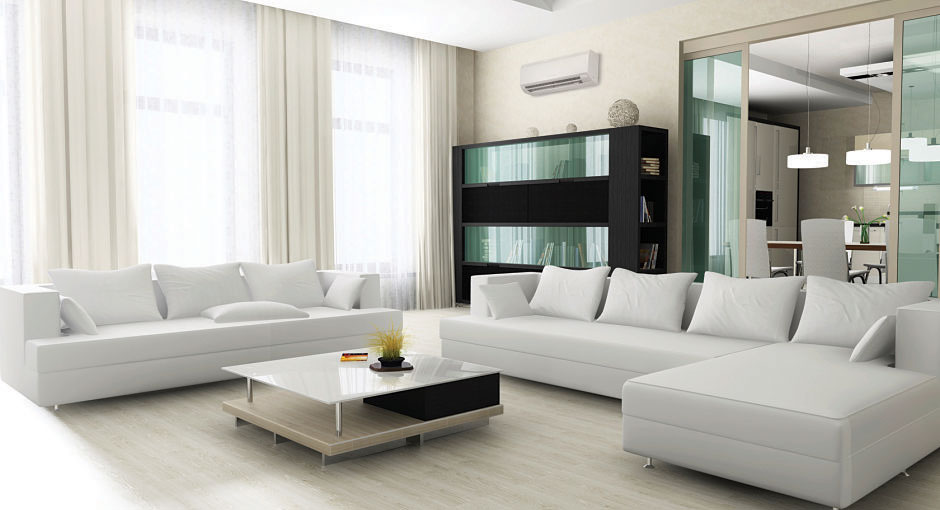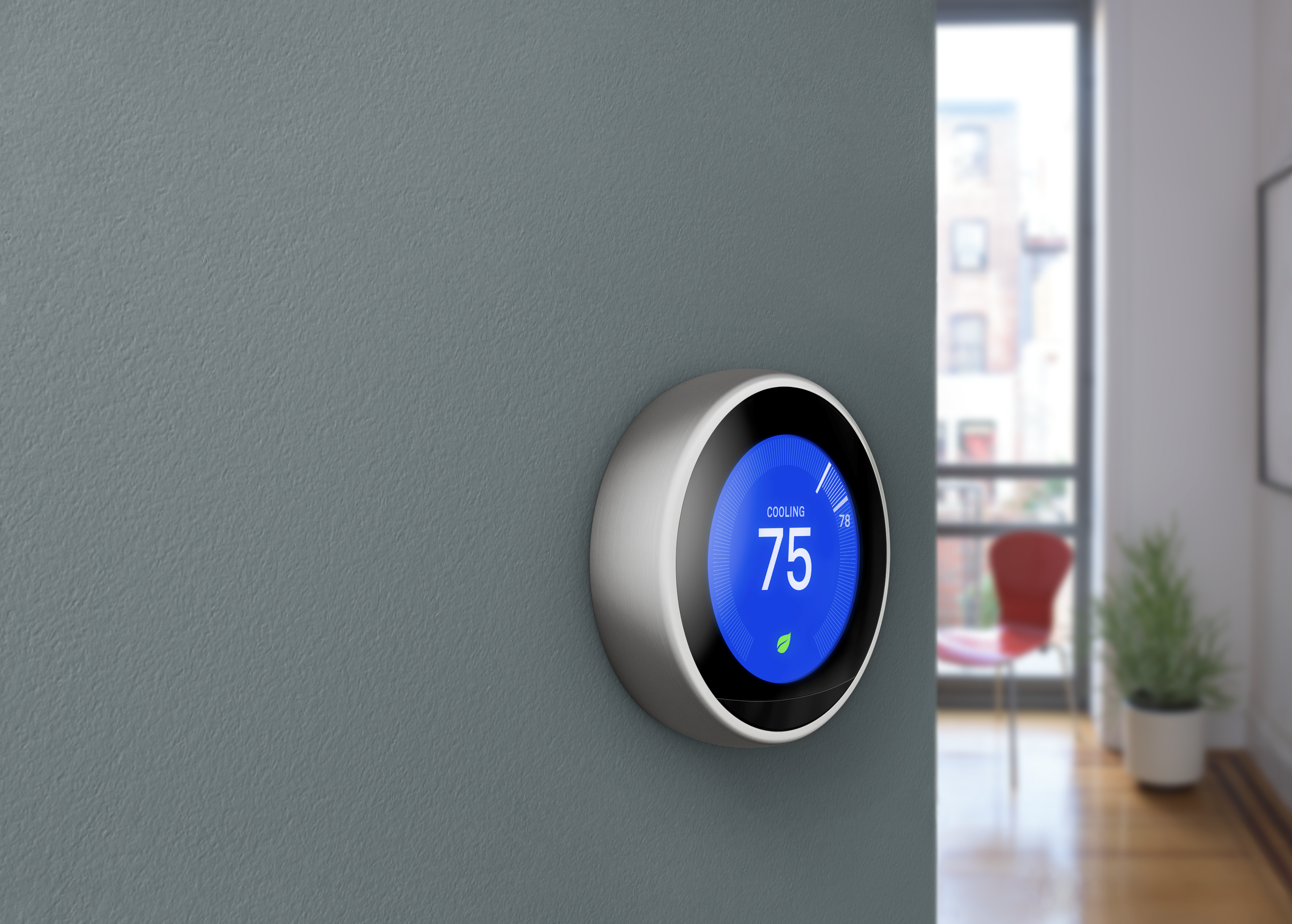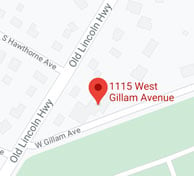HVAC manufacturers are always looking for new ways to heat and cool homes, whether it be for environmental reasons, new efficiency standards, or just as a way to increase comfort levels. Upgrading your home's heating and cooling system with newer technologies can not only make your home feel more comfortable, but it also can help you lower energy usage and therefore spend less on energy bills. In this article, we'll cover some of the newer heating and air conditioning technologies on the market today, and how they can benefit homeowners.
Dual-Fuel Heat Pumps
Dual-fuel heat pumps are not the latest technology, but they continue to evolve and become more cost-effective. This option is ideal for homeowners who want to enhance their current heating system to save energy and money. During the milder seasons when there is no need for your oil or gas heater, the heat pump can efficiently provide heat using electricity. The system then switches to your furnace or boiler powered by another source when it gets colder outside and your home needs stronger temperature control. The heat pump can also serve as your air conditioner when summer rolls around.
Dual-fuel heat pumps may not be an attractive option for those who live in warmer climates. But for homeowners in and around Philadelphia where temperatures can drop to the teens and twenties, this can be a helpful way to increase efficiency.
Ductless Mini-Split Heat Pumps

Ductless mini-splits are growing in popularity each year due to their flexibility and myriad of benefits. You've probably seen them in the form of white high-wall units, but they can also be installed as low-wall or ceiling units. Standard ductless systems use air-source heat pumps that can connect to just one or several indoor air handlers depending on your heating and cooling needs.
 One benefit of ductless heat pumps is that they can be installed where ductwork doesn't exist. They are also great for zoning, when individual rooms or areas are heated and cooled to different levels. Moreover, ductless mini-splits tend to have very high SEER ratings, in part because ductwork can be responsible for as much as 30 percent of the energy used by air conditioning units (via the U.S. Department of Energy).
One benefit of ductless heat pumps is that they can be installed where ductwork doesn't exist. They are also great for zoning, when individual rooms or areas are heated and cooled to different levels. Moreover, ductless mini-splits tend to have very high SEER ratings, in part because ductwork can be responsible for as much as 30 percent of the energy used by air conditioning units (via the U.S. Department of Energy). One downside of ductless systems is that the indoor air handlers are visible throughout the home. However, the air handlers can be painted to match your home's aesthetic or even recessed into the ceiling to stay out of sight.
Geothermal Heat Pumps
Geothermal, or ground-source, heat pumps (GHP's) use the constant temperature that exists just below the ground or in a body of water to transfer heating or cooling energy to a building. This is accomplished by transferring heat or cold from below the ground via underground piping that contains a refrigerant to a home or building’s HVAC system. Just like standard heat pumps, GHP's can both heat and cool your home, serving as an all-in-one solution for year-round comfort.
While you may not have heard about geothermal heat pumps, they're actually growing in popularity. According to the Department of Energy, about 50,000 geothermal heat pumps are installed in the U.S. each year.  Geothermal systems offer a multitude of benefits, including their exceptional durability, minimal maintenance requirements, and extensive lifespan. However, what might be the most impressive benefit is their remarkable efficiency levels. GHP's don’t use oil, natural gas, wood, or any other major fuel source to get their job done. They only transfer heat using the temperatures already present within the earth’s crust. This doesn’t harm the planet at all but merely takes advantage of a resource that is readily available under our feet at all times. They even use less electricity if you invest in a system that also provides geothermal-preheated hot water for your home.
Geothermal systems offer a multitude of benefits, including their exceptional durability, minimal maintenance requirements, and extensive lifespan. However, what might be the most impressive benefit is their remarkable efficiency levels. GHP's don’t use oil, natural gas, wood, or any other major fuel source to get their job done. They only transfer heat using the temperatures already present within the earth’s crust. This doesn’t harm the planet at all but merely takes advantage of a resource that is readily available under our feet at all times. They even use less electricity if you invest in a system that also provides geothermal-preheated hot water for your home.
 Geothermal systems offer a multitude of benefits, including their exceptional durability, minimal maintenance requirements, and extensive lifespan. However, what might be the most impressive benefit is their remarkable efficiency levels. GHP's don’t use oil, natural gas, wood, or any other major fuel source to get their job done. They only transfer heat using the temperatures already present within the earth’s crust. This doesn’t harm the planet at all but merely takes advantage of a resource that is readily available under our feet at all times. They even use less electricity if you invest in a system that also provides geothermal-preheated hot water for your home.
Geothermal systems offer a multitude of benefits, including their exceptional durability, minimal maintenance requirements, and extensive lifespan. However, what might be the most impressive benefit is their remarkable efficiency levels. GHP's don’t use oil, natural gas, wood, or any other major fuel source to get their job done. They only transfer heat using the temperatures already present within the earth’s crust. This doesn’t harm the planet at all but merely takes advantage of a resource that is readily available under our feet at all times. They even use less electricity if you invest in a system that also provides geothermal-preheated hot water for your home. On the other hand, installing a geothermal heat pump can be a major investment, though this is usually recouped within six to seven years. It's estimated that you can reduce your yearly heating and cooling costs by up to 80 percent with a geothermal system. Plus, a home that costs less each month in heating and cooling costs is more valuable when it comes time to sell. This is great for long-term homeowners.
Absorption Heat Pumps
Absorption heat pumps are essentially air-source heat pumps powered by a heat source like natural gas, propane, solar-heated water, or geothermal-heated water. Due to the popularity of natural gas as a heat source, they are commonly known as gas-fired heat pumps.
Residential absorption heat pumps utilize an ammonia-water absorption cycle to deliver both heating and cooling. Similar to a standard heat pump, the refrigerant (ammonia in this case) is condensed in a coil to release heat. Its pressure is then decreased, and the refrigerant evaporates to absorb heat. If the system absorbs heat from the interior of your home, it provides cooling. Conversely, if it releases heat to the interior of your home, it provides heating.
Absorption heat pumps can be used in the same types of applications as electric heat pumps, furnaces, and boilers, but they are most cost-effective when access to electricity is difficult or expensive. Absorption heat pumps measure energy efficiency in terms of coefficient of performance (COP). A higher COP number indicates better efficiency. With an absorption heat pump, you can expect a COP of 1.4, which is quite impressive. To put it into perspective, a high-efficiency natural gas boiler or furnace typically has a COP equivalent level of efficiency around 0.95, according to MichaelsEnergy.
Although absorption heat pumps may have a higher initial cost compared to electric heat pumps or gas-fired furnaces, homeowners can expect to recover the price difference within a few years. This is due to the significant energy-cost savings resulting from the increased efficiency of absorption heat pumps.
Smart Home and Home Automation

New HVAC technology doesn't always come in the form of replacing your air conditioner or heater. A great way to upgrade your home's comfort system is by adding smart home devices such as smart thermostats and sensors. These additions can help you cut energy costs, improve temperature control, and create an overall safer and healthier indoor environment. 

For example, smart thermostats can detect when you are home or away, adjusting your temperature automatically to cool/heat your home, or save energy while you're gone. Another example is room sensors, which can detect occupancy, temperature, and humidity, and thereby efficiently drive HVAC systems. There are even smart home systems like the Google Nest Protect, which works as a smoke alarm and carbon monoxide detector. The Nest Protect connects to your Nest app, so you can control the temperature and receive alerts all-in-one.
Conclusion
Homeowners and HVAC manufacturers constantly seek innovative methods to provide the best heating and cooling solutions for homes. By upgrading your home's heating and cooling system with state-of-the-art technologies, you create a more comfortable living space, reduce energy consumption, and save on utility bills.
If you're interested in finding the best new system for your Philadelphia or Bucks County home, contact us today.
If you live in the Delaware Valley/Greater Philadelphia area and would like to find comfort within your home, visit our website or give us a call at 215 - 245 - 3200 to learn more.




